
After a major hurricane, it can take years for nature to recover. In this series, we look at the ways Irma has changed St. Martin, and how the island recovers—day by day and week by week.
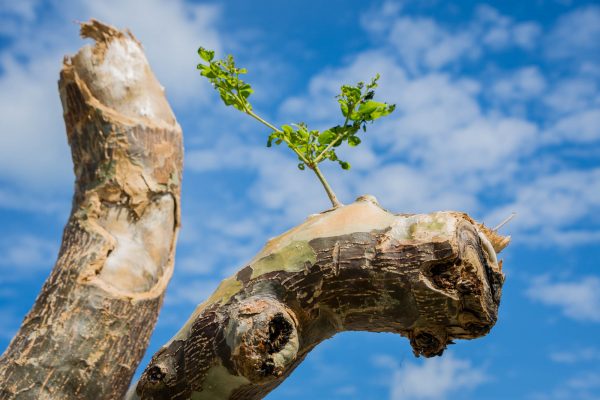
The majority of plants and animals on St. Martin never experience a major hurricane. Consider the many insects with lifespans measured in months, not years. Many plants die in the dry season leaving seeds to sprout when the summer brings new rain. Most small birds will pass several generations between serious storms.
The lifetime of a tree, on the other hand, may span many hurricanes. Without being cut short by the axe, the life of a Gaïac tree can be more than 500 years. All of the large trees that survive in the Caribbean—whether native or introduced—have proven their ability to withstand storms.
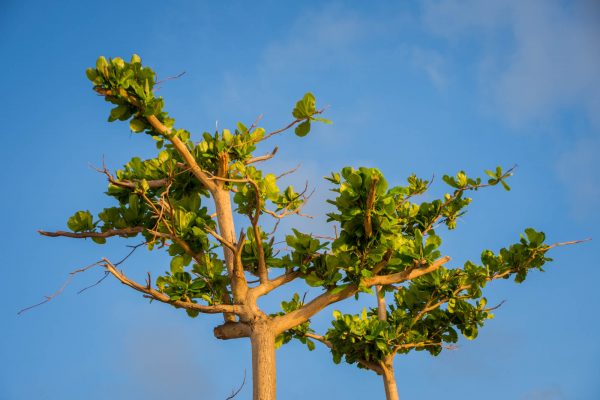
The Beach Almond has brittle branches that snap off, leaving the tree in place to regrow. Spread far and wide by humans, it is hard to know where it evolved this talent. Perhaps it was in Asia, where tropical cyclones haunt coastlines as hurricanes do here.
The big, round leaves of the Sea Grape are lost to the wind, but this beach specialist has roots that are wide and deep. Today, Sea Grape trees still stand where the wind stole roofs and the storm surge toppled concrete buildings.
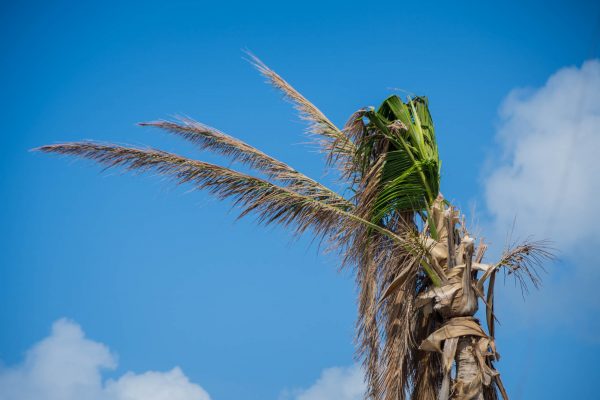
Palm trees have many adaptations to survive storms. They have flexible trunks that bend with the wind, and they have no branches. The a palm frond can fold together like a paper fan to offer less resistance, and the palm can still survive if it is torn off. A wide network of roots anchors a palm in the soil, even on a sandy beach.
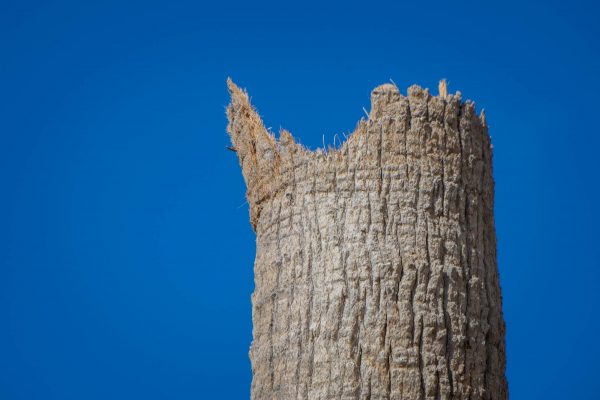
Of course, Irma was no ordinary storm. Many palms were snapped in half, and will not recover. Tamarind trees have survived enough hurricanes on St. Martin to grow to great sizes, but many were felled in this storm. Unlike the Beach Almond, their huge canopies have flexible branches and high winds tore them from the earth despite their massive roots.
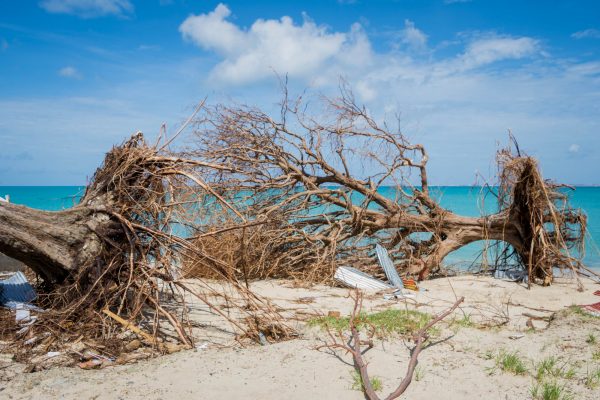
As we look around the island today, the shape of each tree gives us clues to how it survived the storm. New growth sprouts from a tilted palm. The vast network of roots sent out by the Sea Grape is exposed where Irma tore the sand from the beach. The stubby network of branches reveals what the Beach Almond gave up in order to survive. It is a rare chance to see these wonders of adaptation all around us, a lesson in evolution delivered in the brilliant green of new growth.
